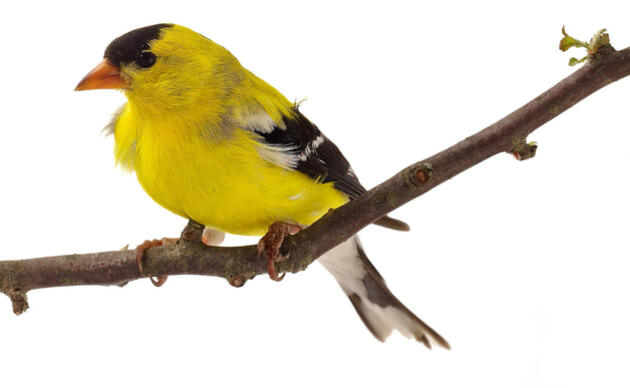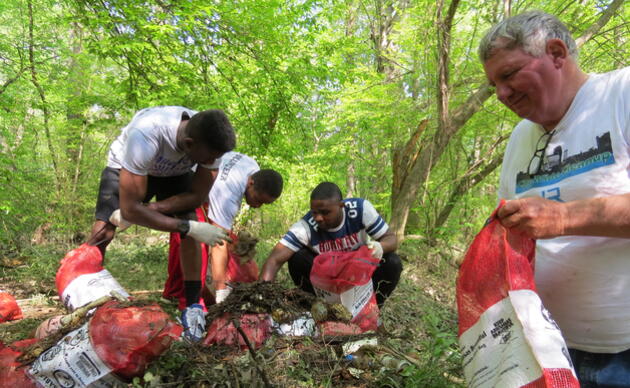
Prior to settlement, the Grand Prairie ecosystem covered 900,000 acres in eastern Arkansas, 320,000 acres of which were tallgrass prairie. As land was cleared for rice production, much of the original native habitat was lost. Today, only one-tenth of one percent of this tallgrass prairie remains, surviving as small, isolated fragments. Fortunately, opportunities for restoration exist across the region. One area with active restoration is Stuttgart Municipal Airport Important Bird Area.
Site Description:
Stuttgart Airport is located seven miles north of Stuttgart along US Highway 63. It was built as an Air Force training facility during WWII. The old hangers have been torn down and are now grasslands of varying quality, including remnant native prairie with shrubs. The airport has a north-south and an east-west runway and several taxiways bordered by short grass. A reservoir provides water for row-crops and birds. In 2006, Audubon Arkansas recognized the airport as an Important Bird Area, a location important for bird conservation, because it consistently harbors a significant population of Smith’s Longspurs and other declining prairie birds.
Ornithological Summary:
The airport’s remnant tallgrass prairie and shrubland patches consistently harbor species sought-after by birders such as Short-eared Owl, Barn Owl, Northern Bobwhite, Loggerhead Shrike, Sedge Wren, Bell’s Vireo, Le Conte’s Sparrow, and Painted Bunting. Rarities include Rough-legged Hawk, Sprague’s Pipit, and Henslow’s Sparrow. The airport is especially known to birders across the state and country as a reliable and accessible location for seeing Smith’s Longspurs; as much as 15% of the state’s population regularly winters in the short Aristida (three-awn grass) patches that border the runways. Aristida grows on poor, disturbed soil left behind by runway construction on many of Arkansas’ airfields.
Conservation Issues:
The City of Stuttgart is working with the U.S. Fish and Wildlife Service, Natural Heritage Commission, Forestry Commission, and Game and Fish Commission to restore 300 acres of native prairie through prescribed fire, targeted herbicide application, invasive plant eradication, and the reseeding of local genotype prairie plants. Plans also include restoration of 131 acres to Aristida. Bird surveys are being conducted in conjunction with restoration activities. Once restoration is complete, the City of Stuttgart will own the single largest block of tallgrass prairie in the region. If regional restoration proceeds as envisioned, Stuttgart might one day be known as the ‘Rice, Duck, and Prairie Bird Capital of the World.’
When you visit be sure to first stop at the airport office so employees know you are birding. There you can grab a map and bird-finding guide. Before you leave, please sign the birder’s register to let others know where you’re from and what birds you saw.
How you can help, right now
Be a voice for birds
Join our Advocacy Team to receive action alerts about legislation and policy when Audubon Delta's birds need your voice.
Join Our Flock
Signing up is the best way to keep up with Audubon's latest news, programs and initiatives.




